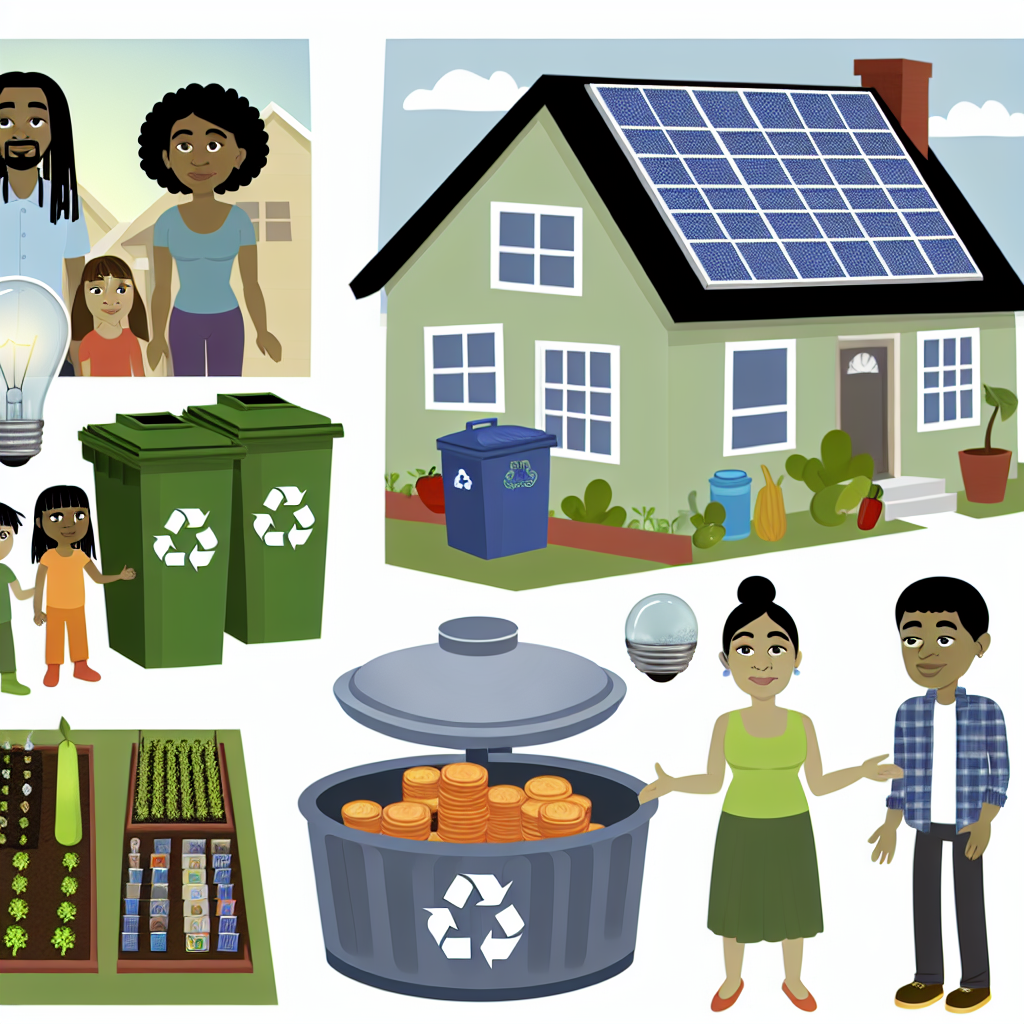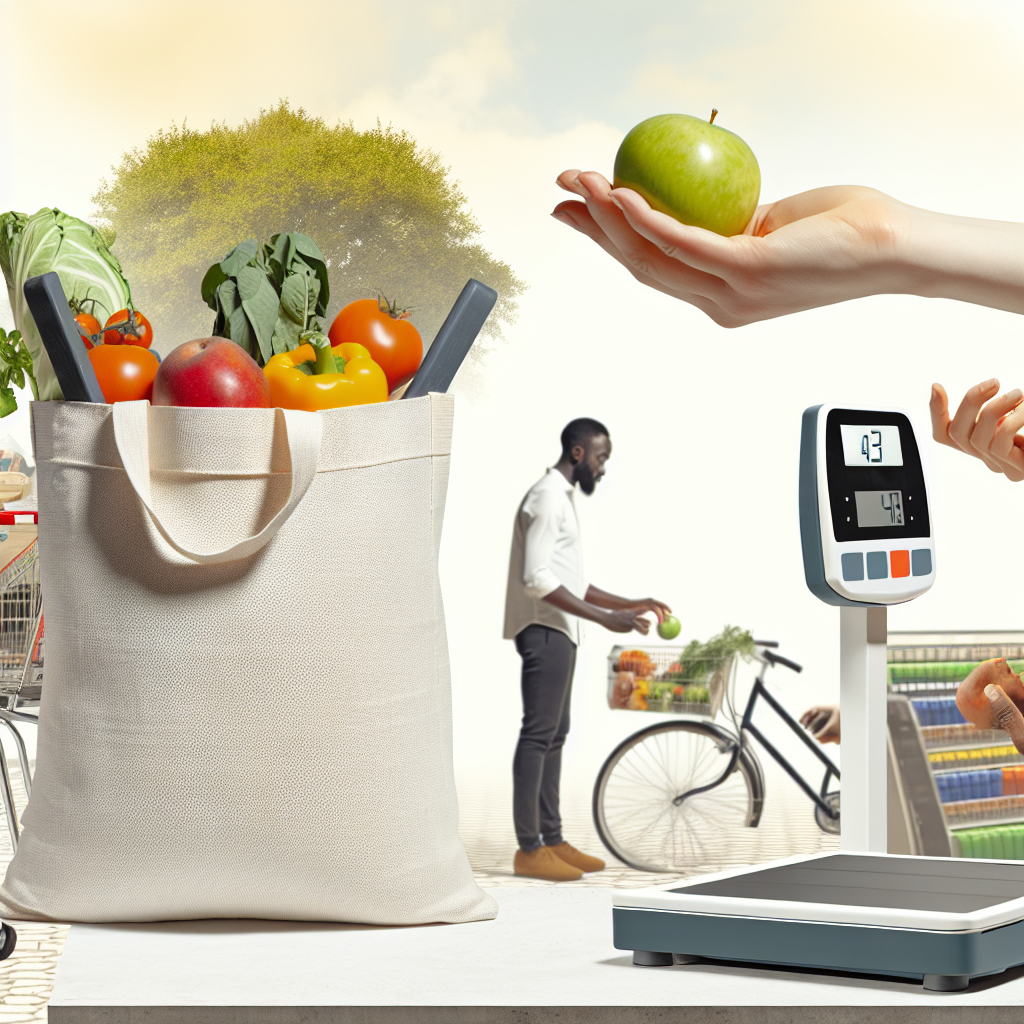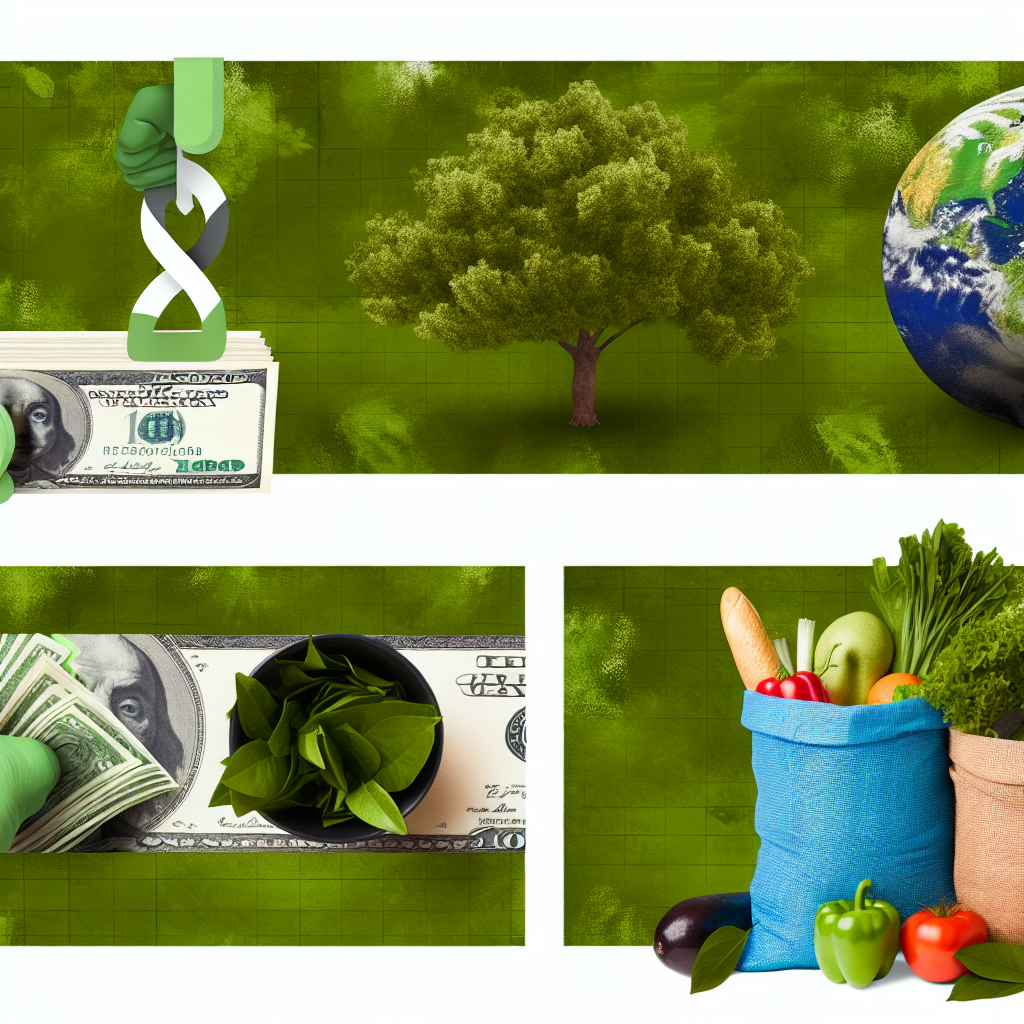10 Easy Changes for a Greener Home That Will Save You Money
Introduction
Hello, earth lovers! Welcome to Frugal Zeitgeist, where we prove saving the planet doesn’t need to break the bank. Today, being sustainable isn’t just a buzzword—it’s something we all need to do. And get this: making some eco-friendly changes at home isn’t just good for the Earth; it can also help you save money. Yes, a big win for you and Mother Nature!
In this post, we’re talking about 10 simple swaps you can start today for a greener home. From energy-saving lights to growing your own mini-garden, there’s a tip here for everyone who wants to lower their carbon footprint. Ready to save Earth and money? Let’s dive in!
1. Energy-Efficient Lighting
Choose LED Bulbs Over Incandescent Bulbs
LEDs are like the sun’s cool, energy-saving cousins. Here’s why replacing old incandescent bulbs with LEDs is a bright idea:
- Energy Savings: LEDs use about 85% less energy than incandescent bulbs.
- Last Longer: They last up to 25 times longer, so fewer trips to the store for light bulbs.
- Save Money: Using less energy means lower bills—a simple switch to savings!
2. Smart Thermostats
Saving money while staying comfy? Meet smart thermostats!
- Smart Climate Control: They learn your schedule and adjust temperatures when you’re away.
- Cost Savings: Studies show you can save up to 10% a year on heating and cooling bills.
- Eco-Friendly: Use less energy while keeping your home comfy.
3. Natural Cleaning Products
Switch Chemical Cleaners for Natural Ones
Clean without hurting Earth or your health. Your pantry can become a cleaning powerhouse!
- Healthier Home: Natural products reduce air pollution inside your house.
- DIY Recipes:
- Vinegar and baking soda for tough stains
- Lemon and water for wiping surfaces
- Cost-Effective: Save money using everyday items!
4. Reusable Items
Say No to Disposables
Fight waste at home with reusable items.
- Cloth Over Paper: Swap paper napkins for cloth ones.
- Cloth Bags for Shopping: Say goodbye to plastic bags.
- Reusable Bottles: Stay hydrated, save money, and help the planet.
5. Water-Saving Fixtures
Install Low-Flow Showerheads and Faucets
Save water with these easy changes:
- Use Less Water: They cut water use by up to 60%.
- Lower Bills: Every drop saved adds up to real savings.
- Shower Guilt-Free: Enjoy your showers without worrying about waste.
6. Sustainable Insulation
Stay cozy without hurting the planet.
- Eco-Friendly Materials: Use recycled or natural insulation.
- Control Temperature: Keep cool in summer and warm in winter.
- Save Money: Use less energy and save cash.
7. Composting
Start a Compost Bin
Turn waste into rich soil!
- Cut Waste: Composting reduces your trash.
- Rich Soil: Your garden will love the nutrients.
- Save on Disposal: Fewer trash bags to throw out.
8. Energy-Efficient Appliances
Pick appliances that treat you and the Earth better.
- Look for ENERGY STAR®: These appliances save energy.
- Great Examples: Energy-saving fridges, washing machines, and dishwashers.
- Save Energy and Money: Less energy used means more money saved.
9. Non-Toxic Paints
Paint your walls with green options (not literally green unless you want!).
- Cleaner Air: Fewer toxins lead to fresher air.
- Green Design: Great for sustainable decorating.
- Protect the Earth: Every choice helps.
10. Grow Your Own Produce
Start a Simple Home Garden
Eat fresh, save money, and enjoy gardening.
- Cut Costs: Grow veggies and herbs so you buy less at the store.
- Tastier: Nothing beats fresh-off-the-vine produce.
- Lower Grocery Bills: Spend less and enjoy more flavor.
Conclusion
And that’s it! Making your home greener doesn’t mean spending all your savings. With things like smart thermostats and home gardens, each change makes a big difference. Remember, every step counts toward a cleaner future.
Have your own tips? Maybe you collect rainwater like a pro or built a solar panel heaven in your yard. Share your ideas in the comments! Let’s keep talking about living green and saving money. Until next time, keep those green ideas shining!
Call to Action
If you liked this post, share it on your favorite social media. Don’t forget to follow Frugal Zeitgeist for more green living tips. Your journey to a sustainable lifestyle starts here!
Additional Resources
Looking for more ideas? Check these out:
- Books: The Zero Waste Home by Bea Johnson, The Green Book by Elizabeth Rogers
- Websites: Treehugger for eco-news, DIY Natural for homemade cleaning solutions
- DIY Links: Check this guide for cleaner recipes and this tutorial for starting a garden
Start making changes, start saving, and enjoy a greener, healthier home—even on a budget!









